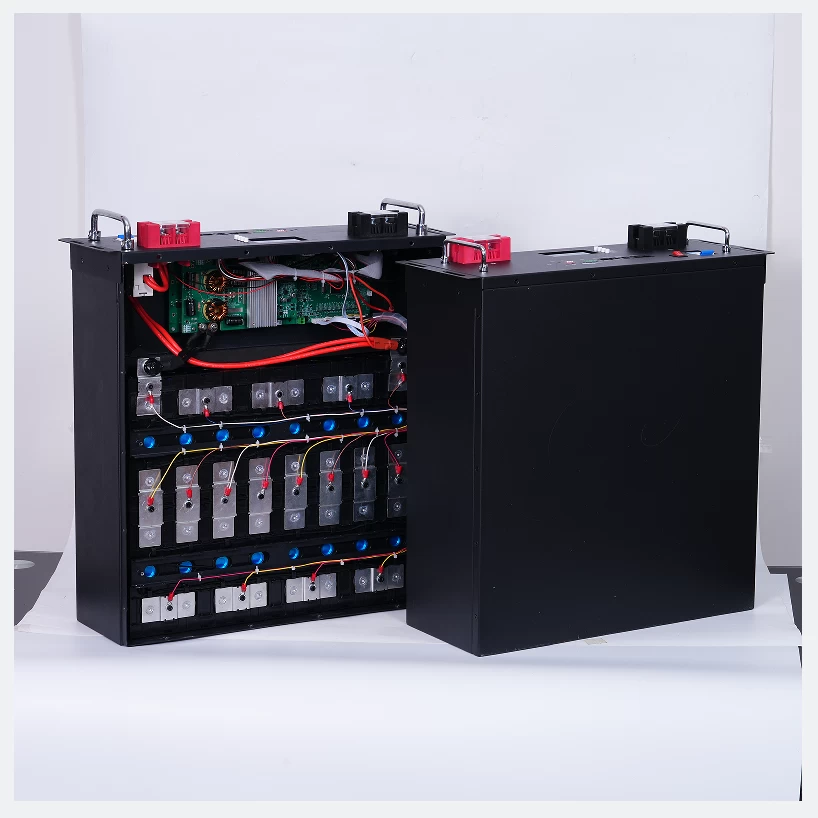Comprehensive explanation of ergy storage lithium battery technology principle, application and operation guide - Megmeet New Energy
48V energy storage lithium battery is an efficient and reliable energy storage solution, widely used in home energy storage systems, communication base stations, power tools, portable equipment and other fields. This article will introduce the technical principle, main features, application scenarios, operation guide and maintenance of 48V energy storage lithium battery in detail.
First, technical principles
1. How lithium-ion batteries work
Lithium-ion batteries are based on lithium ions moving between positive and negative electrodes to store and release energy. It mainly includes the following parts:
Positive electrode materials: Commonly used positive electrode materials include lithium cobaltate, lithium manganate, lithium iron phosphate, etc.
- Anode material: graphite or other carbon materials are usually used.
- Electrolyte: Usually lithium salts dissolved in organic solvents, used to conduct lithium ions.
- Diaphragm: Used to isolate the positive and negative electrodes, prevent short circuits, while allowing lithium ions to pass through.
During the charging process, lithium ions move from the positive electrode to the negative electrode; When discharged, lithium ions move from the negative electrode back to the positive electrode.
2.48V energy storage system structure
The 48V energy storage system is generally composed of multiple single lithium batteries through series and parallel to achieve the required voltage and capacity. The system also includes a battery management system (BMS), protection circuit, charge and discharge controller, etc., to ensure the safety and reliability of the battery.
Two, the main characteristics
1. High energy density
Lithium-ion batteries have a high energy density and can store a large amount of energy in a small volume and weight, which is suitable for a variety of application scenarios.
2. Long life
Lithium-ion batteries have a long cycle life, which can generally reach more than 1000 charge and discharge cycles, reducing the replacement frequency and maintenance costs.
3. High efficiency
Lithium-ion batteries have a high charge and discharge efficiency, generally more than 90%, reducing energy loss and improving the overall efficiency of the system.
4. Fast charging
Lithium-ion batteries support fast charging technology, which can be charged in a short time to meet emergency power needs.
5. Environmental performance
Lithium-ion batteries do not contain harmful heavy metals, are relatively environmentally friendly, and meet modern environmental requirements.
Step 6: Security
Through the battery management system (BMS) and multiple protection circuits, lithium-ion batteries have multiple protection functions such as overcharge, overdischarge, overcurrent, short circuit, and overtemperature to ensure safe use.

Next continue share the energy storage battery application scenarios and operation guide